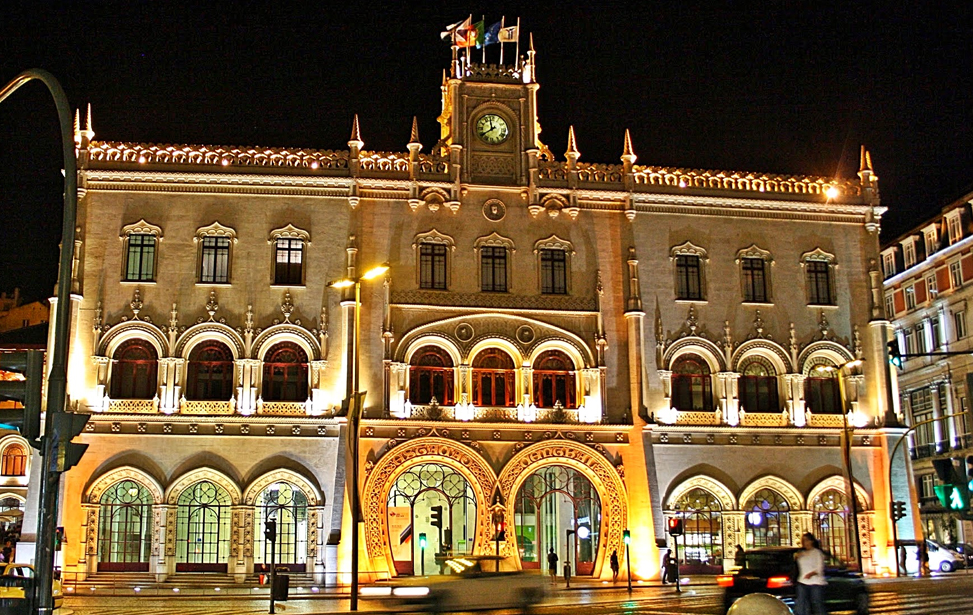
History
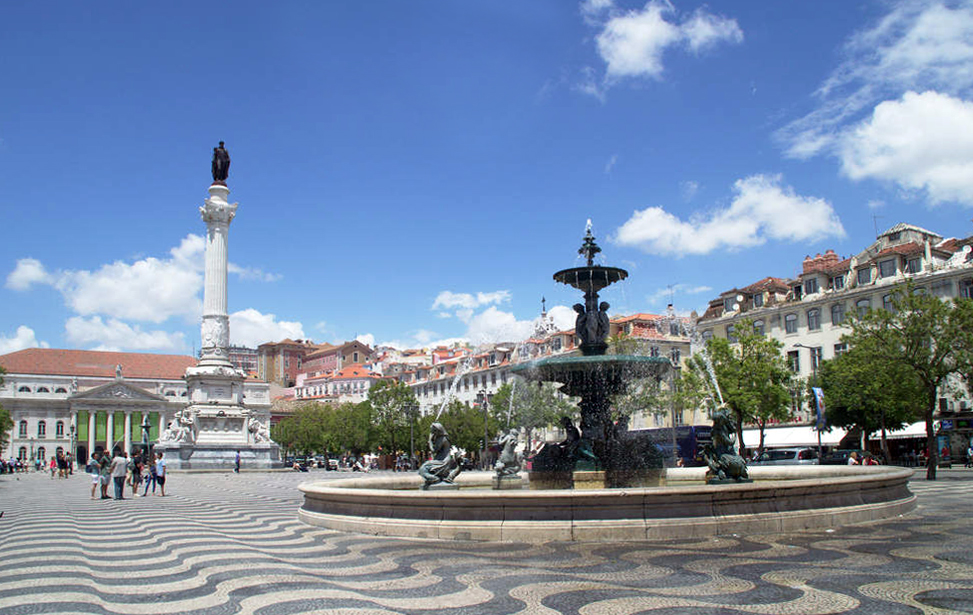
Also lost to the earthquake is the Hospital Real de Todos os Santos which was located on the whole eastern flank of the original square but whose foundations lay buried under today's Praça da Figueira, Rossio's little brother. The striking waved patterned cobbled paving (Calçada à Portuguesa) was laid down in the 19th century and designed to pay homage to Portugal's nautical heritage. It can make some people feel a little queazy, especially if you've had a few too many at the areas Ginjinha bars.
TOP LISBON TOURS
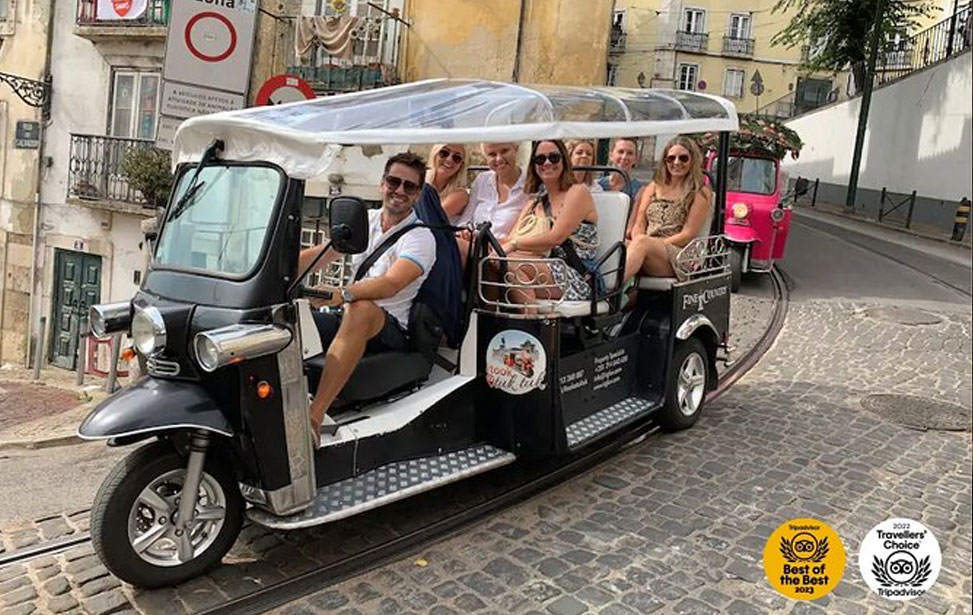
True 4 Hour TukTuk Tour of Lisbon
Experience Lisbon efficiently with a private half-day tuk-tuk tour, perfect for those seeking an eco-friendly way to explore the city. Personalise your itinerary and discover top attractions such as the historic Bairro Alto neighbourhood, the stunning Jerónimos Monastery and the breathtaking Miradouro da Senhora do Monte. Travel beyond the city centre to uncover multiple neighbourhoods while covering more ground quickly. This private tour offers flexibility and an intimate experience, allowing you to soak in Lisbon's vibrant atmosphere and iconic landmarks while enjoying the comfort of your private tuk-tuk.
(4,314) | 4 Hr | ✔ Free Cancellation
Check Availability
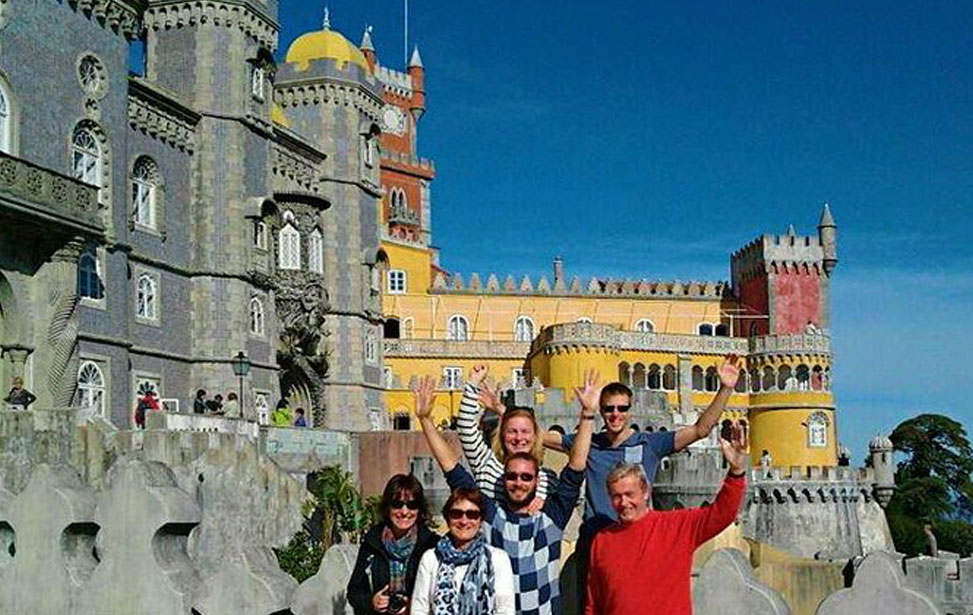
Full-Day Tour Best of Sintra and Cascais from Lisbon
Discover the enchanting beauty of Sintra on a full-day small-group tour from Lisbon. Explore the region's UNESCO-listed sites, including the majestic Pena Palace and charming Sintra Village. Witness stunning views from Cabo da Roca, Europe's westernmost point, and take in the coastal allure of the picturesque fishing village of Cascais. Enjoy personalised attention from your guide throughout this intimate experience, limited to eight people. Round-trip transportation from your Lisbon hotel is included, ensuring a seamless journey. Experience the romantic landscape of Sintra and Cascais on this unforgettable tour.
(753) | 8 Hr | ✔ Free Cancellation
Check Availability
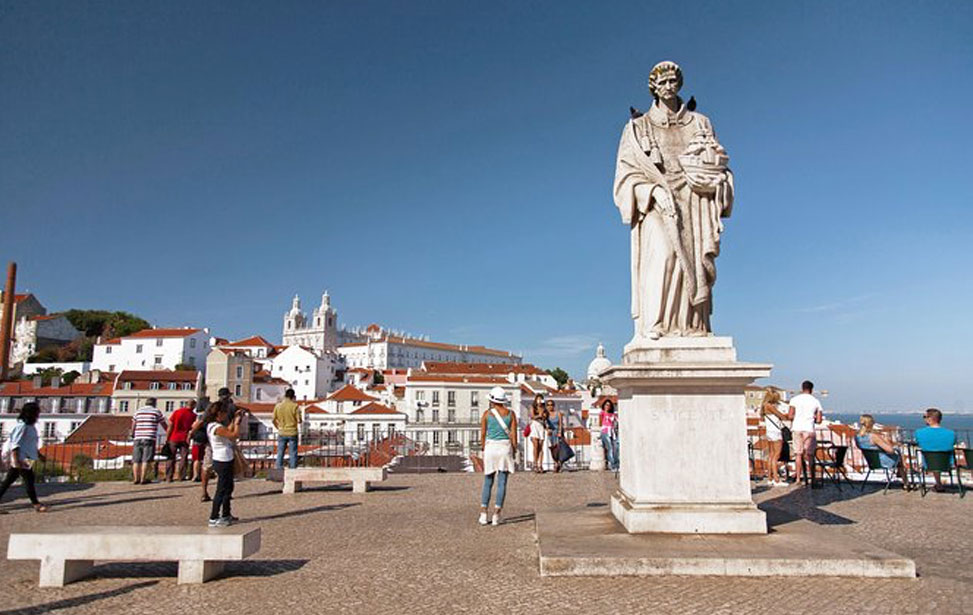
Private City Tour: Highlights of Lisbon
Explore the best of Lisbon on this private tour with an experienced guide. Journey through Portugal's capital, learning about its rich history while visiting top landmarks. Travel efficiently in an air-conditioned vehicle and discover historic districts like Chiado, Alfama, Baixa, and Belem on foot. Choose a morning or afternoon departure and enjoy convenient pickup and drop-off at your Lisbon hotel or cruise terminal. Taste the world-renowned pastel de Belém and immerse yourself in the charm of Lisbon. A private guide and vehicle provide a personalised experience as you uncover the highlights of the city.
(616) | 4 Hr | ✔ Free Cancellation
Check Availability
Rossio Train Station
Within the station is an engineering marvel. The platforms are carved into the side of a steep hill whilst the trains arrive and depart via two 2,500m long tunnels. The station first started operations in 1888 and continued as Lisbon's main terminus right up to 1957. Today it serves the Sintra line and whisks visitors to the fairy tail town every 15 minutes or so during peak times. Other transport links to Rossio include the Rossio and Restauradores metro stations and bus services, including the Aerobus airport service.
Getting There
|
Linha Sintra/Azambuja
Timetable
Trains of Portugal Website |
|
| 207, 711, 732, 736, 746, 759, 783, 794 | |
|
Green Line (Linha Verde): Rossio Blue Line (Linha Azul): Restauradores Website |
|
| 15 & 28 |

Teatro Nacional de Dona Maria II

The theatre first opened its doors to the public on the 13th of April 1846. However, it soon became apparent its acoustic was very poor and work resumed to rectify this oversight. Several years later the theatre re-opened with notable success. In 1964 the Teatro Nacional de Dona Maria II fell foul to the infamous curse associated with Shakespeare's Macbeth and burned down one week after it was staged. Since its renovation in 1978, the theatre has shown the best national and international plays both historic and contemporary. Guided tours are available in various languages and last a whole hour which will take you to both sides of the curtain and is an interesting insight into the theatre's workings and colourful history.
Monday – Friday: 10h00 – 13h00/15h00 – 17h00, Weekends: CLOSED | €6.00
Teatro Nacional D.Maria II Praça D.Pedro IV 1100-201 Lisbon, Portugal.
38º 42' 53.2" N | 09º 08' 23.0" W
+351 213 250 800 | Website
A Ginjinha
Daily: 09h00 - 22h00
8 Largo de Sao Domingos, Rossio, Lisbon 1150-320, Portugal.
38° 42' 52.6" N | 09° 08' 20.5" W | +351 218 145 374

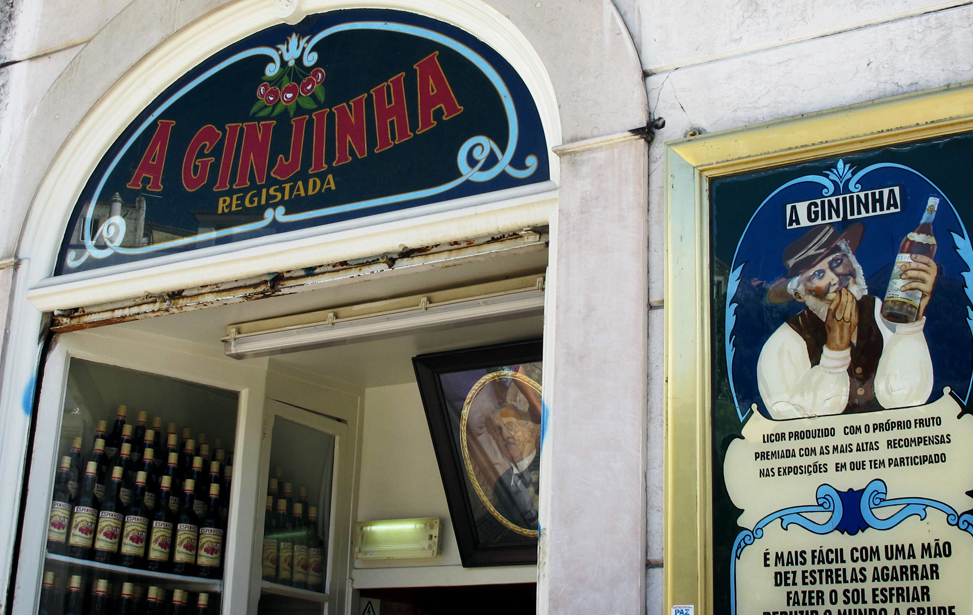
Praça da Figueira
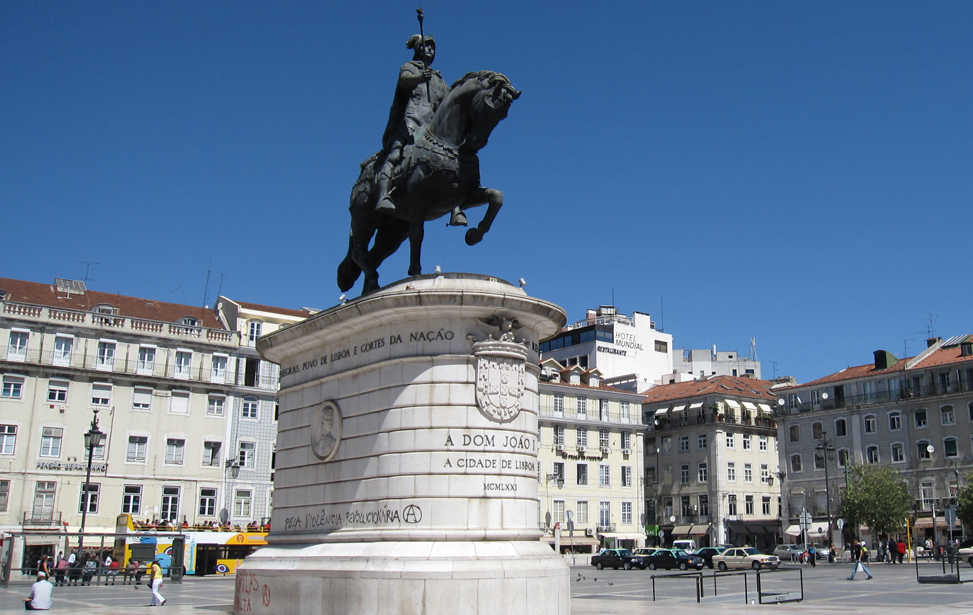
Adjacent to Rossio and overlooked by the Castle the square's perimeter of neo-classical buildings house small hotels, cafés, patisseries (most notably the infamous Pastelaria Suiça and the Confeitaria Nacional) and boutique shops. [ More About ► ]



 Lisbon Card Discounts
Lisbon Card Discounts


